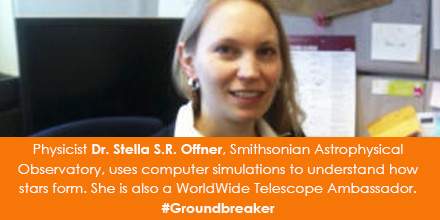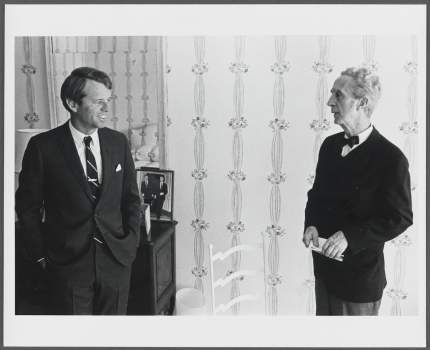



The 19th Century Collection

Growth and Development


Recent History

Further Exploration
- Chronology of the National Museum of American History
- Bibliography of the National Museum of American History
- Historic Images of the National Museum of American History
Related Collections
- National Museum of American History Records from the Smithsonian Institution Archives
- Historic Picture Highlights of the National Museum of American History
- Additional Records and Collections of the National Museum of American History Across the Smithsonian
Other Resources
Nid: 6346


